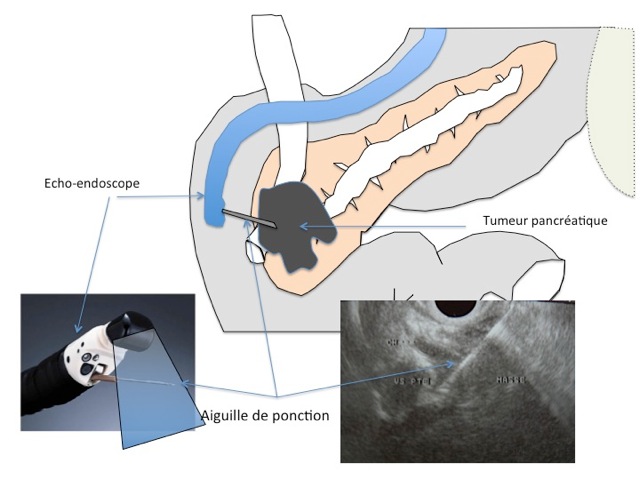Rare liver diseases represent a unique health challenge, particularly for women, who constitute a significant part of the affected population. These conditions, often complex and poorly understood, lead to physical and emotional complications that alter not only quality of life but also prospects for care. By emphasizing the dual risk that these diseases pose, it becomes essential to develop innovative and targeted approaches. Recent advances in medical research are paving the way for a better understanding of diagnosis and treatment, addressing the specific needs of this vulnerable group. Efforts to improve access to optimal care and raise public awareness are crucial to transforming these challenges into opportunities for hope and healing.
Double Risk highlights the unique impact of rare liver diseases on women, often exposed to complications exacerbated by their condition. This program seeks to improve the health outlook of these women by addressing the specific challenges they face, such as late diagnosis and symptom management. By providing resources, psychological support and treatment information, Double Risk aims for a better quality of life for these patients, while raising awareness among the public and health professionals of the issues of these rare diseases.

THE rare liver diseases constitute a particularly sensitive public health issue, especially for women. Indeed, these pathologies can have profound repercussions on their quality of life. The implications are not limited to a simple diagnosis, but extend to emotional, financial and social aspects. Women suffering from illnesses such as primary biliary cholangitis must navigate a world where they are often underrepresented in clinical studies. This situation can lead to a double risk for these patients.
Challenges related to pregnancy and liver disease
During pregnancies, around 3% of women face liver complications. These situations pose an additional challenge for those already suffering from rare liver diseases. Pregnancy frequently complicates their health conditions, thus increasing the need for specific care and close medical monitoring. For example, chronic hepatitis can lead to increased risks of complications, both for the mother and the child. This highlights the importance of a personalized medical approach to manage these diseases in the context of maternity.
Strategies to improve diagnosis and treatment
Early diagnosis remains one of the keys to improving outlook women with rare liver diseases. Targeted awareness campaigns must be put in place to reduce the diagnosis time. This includes training health professionals on symptoms specific to these diseases, which are often underdiagnosed. Likewise, tailored treatments, such as less invasive options than biopsy, can play a crucial role in managing these conditions. Providing alternatives to traditional methods will help overcome some of the barriers these patients face.
🤩 One last kilometre to make history and go for the first French stage win in the Tour de France Femmes avec @GoZwift!
— Le Tour de France Femmes avec Zwift (@LeTourFemmes) August 16, 2024
🤩 Un dernier kilomètre pour l'histoire et aller décrocher la première victoire d'étape française sur le Tour de France Femmes avec @GoZwift !#TDFF2024 |… pic.twitter.com/LOI7VDoBdL
THE rare liver diseases represent a considerable challenge in the field of health, affecting a small number of people, but profoundly impacting the quality of life of those who suffer from it. Among patients, women must face specific issues related to their health, particularly during periods of pregnancy and through hormonal fluctuations that can exacerbate their condition. The importance of recognition and management of these pathologies is essential to improve their outlook and their well-being.
It is crucial to adapt care pathways for these women, who can often feel isolated due to the infrequent nature of their illness. Access to precise information and to specialized medical equipment must be facilitated, as well as the establishment of support networks. Awareness campaigns must make these little-known diseases visible, thus allowing earlier detection and faster diagnosis.
In addition, strengthen the training of health professionals on rare diseases of the liver could contribute to ensuring that these women receive appropriate care. THE research on these pathologies must be encouraged in order to better understand the underlying mechanisms and potential treatments. A multi-disciplinary approach involving hepatologists, gynecologists as well as mental health specialists could also prove beneficial, taking into account the complexity of patients’ needs.
Finally, it is essential to collect the testimonies and experiences of these women to refine care strategies. By integrating their voice into discussions around rare liver diseases, we can build a more inclusive and responsive health system that actually improves their living conditions and overall well-being.










